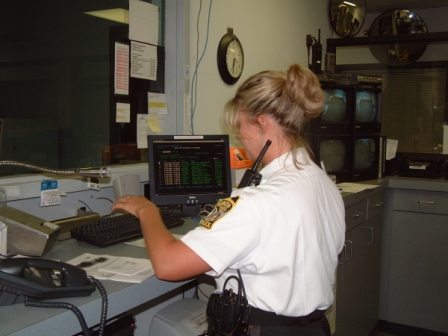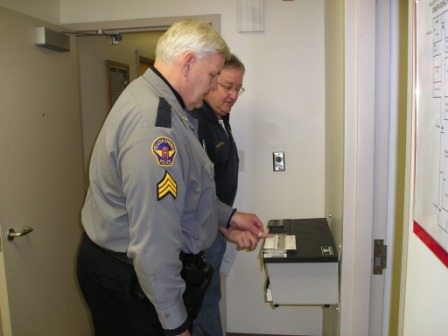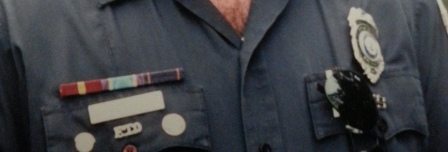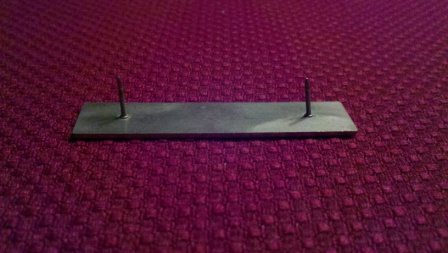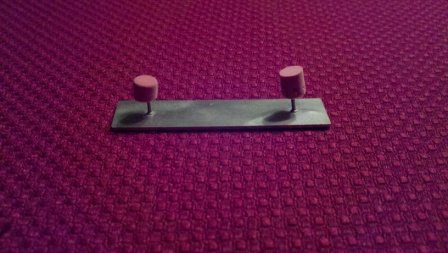Uniform Bling: How To Tell Who’s Who
How do officers know, at a glance, when they’re addressing a ranking officer from another department? Well, the answer is as clear as everything else pertaining to law enforcement…it depends.
Police departments use many symbols of rank designation. Some department supervisors wear white shirts (some departments issue white shirts to all officers), while others issue gold badges to their higher-ranking officers. But the easiest way to tell an officer’s rank is to look at their collar insignia. Each pin is a representation of the officer’s rank.
Collar insignias, beginning with the top ranking officer (chief)
An eagle (birds) on each collar – Colonel, or Chief (some chiefs prefer to be addressed as Colonel).
Sheriffs and chiefs may also wear a series of stars to indicate their rank.
Oak leaf on each collar – Major
Two bars on each collar – Captain (the two bars are often called “railroad tracks”)
One bar on each collar – Lieutenant
Three stripes on the collar and/or the sleeve – Sergeant
Sometimes rank is indicated on the badge.
Two stripes on the collar and/or the sleeve – Corporal
Chevron, or single stripe – Private, or line officer
* An officer without a collar insignia is normally a private.
Hash marks on the sleeve indicate length of service. For example, each hash mark normally represents five years on the job. Sometimes, to avoid a sleeve fully-covered in long row of hash marks, stars are often used to represent each five years served. In the case of the officer above, each star in the circle represents five years of service, plus four hash marks, each indicating a single year. 5 stars and 4 hash marks = a total of 29 years on the job.
Other pins and medals worn by officers may include…
Here’s a closer look at the bling.
(from top to bottom):
– Name tag.
– Award ribbons – Community service award, length of service, expert marksman, lifesaving award, medal of valor.
– Pistol expert (to earn this award the officer must consistently shoot an average of 95% or better on the range).
– FTO pin worn by field training officers.
– K9 pin worn by K9 officers.
– Indicates outstanding service, above and beyond.
*Remember, ribbons and pins and other do-dads will vary in individual departments and agencies.
Pins on the back of name tags, ribbons, etc. are used to attach the insignias to an officer’s uniform. A small clasp (similar to an ear ring backing) is pressed over the pin tips to hold them in place.
Unfortunately, the clasps often fall off during scuffles with rowdy bad guys and, if the officer is not wearing a bullet-resistant vest, which was typical back in the day, could result in the pin tips puncturing the officer’s skin.
For a quick fix in the field, lost clasps can be temporarily replaced with pencil erasers.


